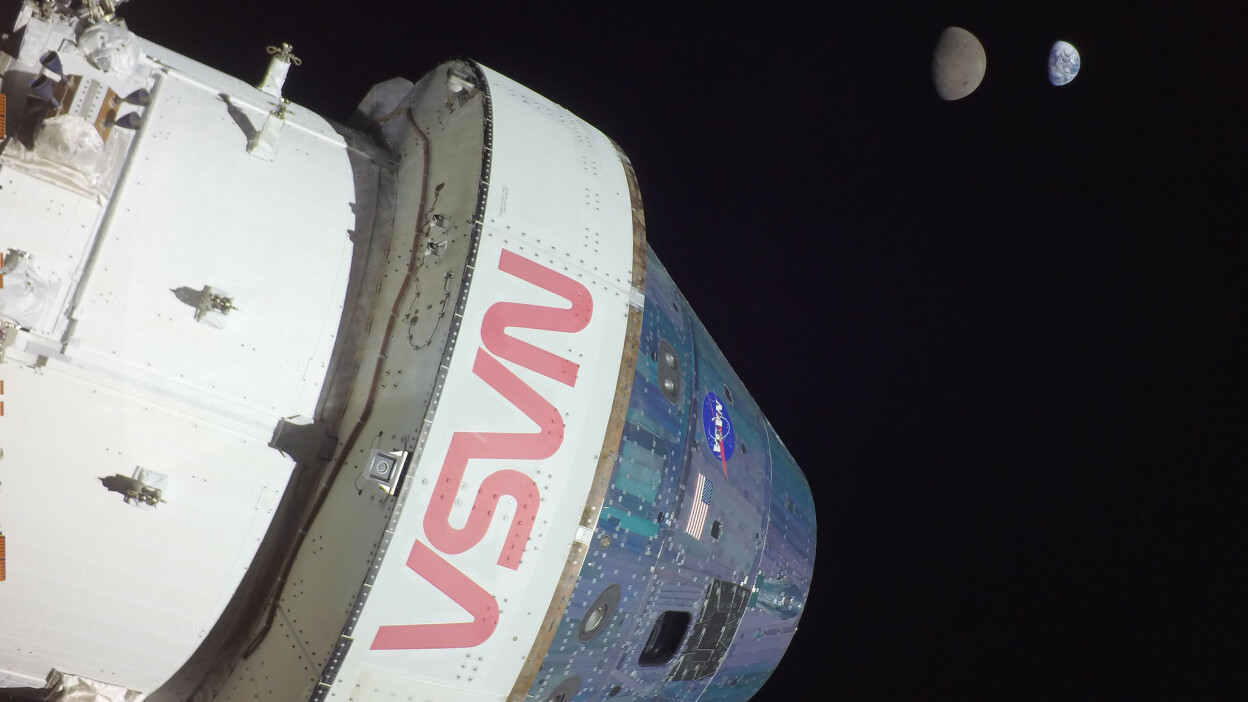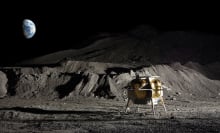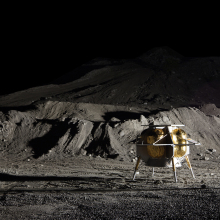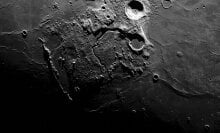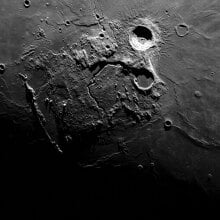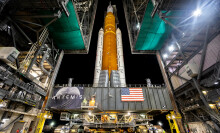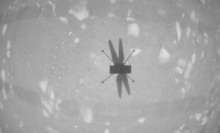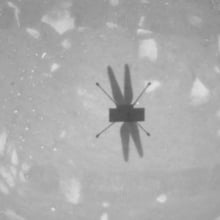NASA's pioneering new spaceship captured a unique view from space.
The uncrewed Orion capsule — currently in the middle of its first spaceflight test — beamed back footage of the moon orbiting a cloud-shrouded Earth on Nov. 28. Orion itself is orbiting the moon, too, as NASA tests out the craft's abilities in a pivotal mission called Artemis I. Three mannequins are aboard for the journey this time, but if the expedition proves successful, astronauts may fly on Orion as early as 2024.
The spacecraft's current orbit around the moon, called "distant retrograde orbit," put Orion in position to view Earth and its satellite from a rare vantage point. In this orbit, the spacecraft is flying some 40,000 miles above the lunar surface, enabling it to at times "look back" at our natural satellite and beyond.
Tweet may have been deleted (opens in a new tab)
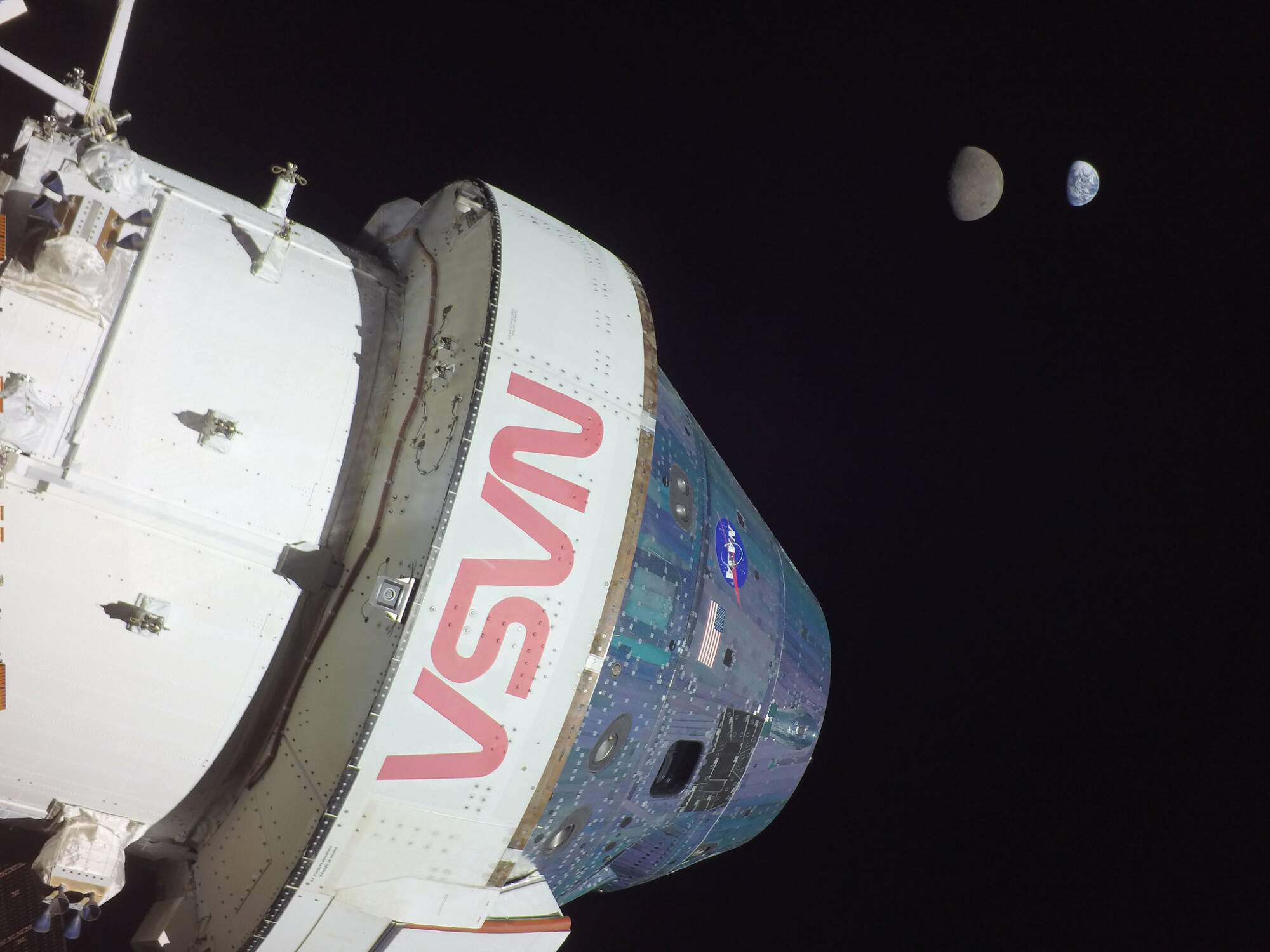
Orion is actually beaming back a livestream of the Artemis I mission, which you can watch on this link from NASA. (At times, however, the moon moves between Earth and the spacecraft, which temporarily cuts off your cosmic livestreaming service.)
Artemis is NASA's mission to establish a permanent presence on the inhospitable lunar surface. NASA and commercial companies may one day harvest water ice for survival and making fuel there, allowing for the deeper exploration of space.
Want more science and tech news delivered straight to your inbox? Sign up for Mashable's Top Stories newsletter today.
In the coming days, Orion will fire its engines to leave its current orbit and start the voyage back home. If the capsule completes its mission and safely survives an extreme 5,000-degree Fahrenheit plummet through Earth's atmosphere on Dec. 11, then future astronauts will fly on the next mission, Artemis II. Artemis II could fly as early as 2024. By 2025 (though likely later as these missions are often delayed), astronauts may once again step foot on the moon.
This story was originally published on Nov. 28. Updated images from NASA have been added.
